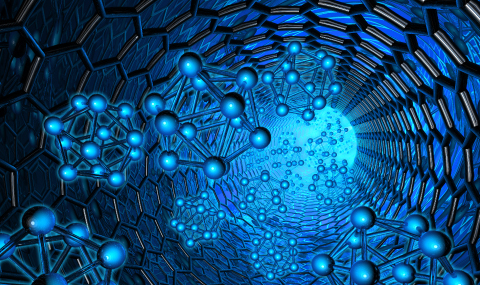The group of people that constitute the "Domany Lab" is highly heterogeneous and interdisciplinary. It consists of postdocs, Ph.D and M.Sc students, students on rotation, summer students (in the summer) and visiting students (all year around). They are distributed among all the scientific disciplines represented at the Weizmann Institute - biology, physics, computer-science/applied mathematics, and whatever discipline the students in the bioinformatics track consider themselves. Even chemists stumble into the group every now and then.
The main research activity of the group is centered on trying to mine data from large-scale experiments in biology. The work ranges from development of mathematical methods, their implementation in algorithms, which are incorporated in user-friendly computational tools and these, finally, are applied to study biological data.
These data come from collaborations with biologists and medical researchers at the Weizmann, elsewhere in Israel, in Europe and in the USA. We are mostly analyzing gene expression data obtained from DNA microarrays, but have also studied data from antigen arrays and are helping in the development of antigen chips.
The main problem area we study is that of cancer. The samples come mainly from various kinds of human tumors: of the colon, breast, brain, prostate, skin and leukemia. The aim is to uncover different molecular mechanisms that cause cancer, look for the underlying transcriptional networks and to correlate gene expression profiles with diagnosis, prognosis and, possibly, predict effective therapy. We also study temporal variation of gene expression in cell lines that were subjected to a particular manipulation at some initial time (e.g. the transcriptional activity of p53 and p73, the effect of IL-6 on apoptotic pathways, the response of keratinocytes to UVB radiation). Recently we started several studies on stem cells - trying to characterize the processes that control their differentiation into cartilage and bone, and to identify the transcriptional characteristics of "stemness".
Our studies of antigen chips aim at characterizing various diseases in terms of the immune response of the subjects’ sera to an array of antigens. We are also involved in structural classification of proteins, and hope, in the future, to bring these two subjects into contact.
The main tool of analysis we use is unsupervised, i.e. clustering. We introduced Coupled Two-Way Clustering, CTWC, an effective data mining method that zeroes in on small subgroups of genes and samples to extract partitions of samples and groups of genes with correlated expression profiles. CTWC uses a clustering method, called Super-Paramagnetic Clustering (SPC), which was introduced several years earlier, and is based on the physics of disordered granular ferromagnets. Our current algorithmic developments involve various extensions and improvements of our methodology; finding ways to optimize parameters used by the algorithms, to use partial, incomplete information about a subgroup of the samples or genes, and to find ways to integrate and fuse data from different sources in a controlled manner.
We are also using supervised methods of analysis, based on classical as well as more recently developed statistical methods. Attempts to combine powerful supervised classifiers with clustering are also under way, and we are developing algorithms to produce reliable estimates of the statistical significance of "hits" in searches for known transcription factor binding sequences.
Finally - excursions into the realm of statistical physics still occur, albeit sporadically. Analytical and numerical investigations of Potts models are driven mainly by algorithmic developments, but our work on self-averaging in disordered ferromagnets or the low temperature phases of spin glasses has no biological motivation. These studies are not the reason for our activity coming under the header of "Computational Physics". Rather, the reason is anachronistic - I am a physicist by training and my office is (for the time being) in the Physics building. Neither of these facts should be held against me.


